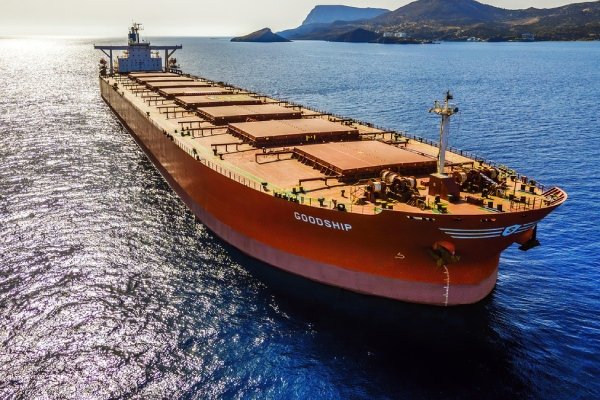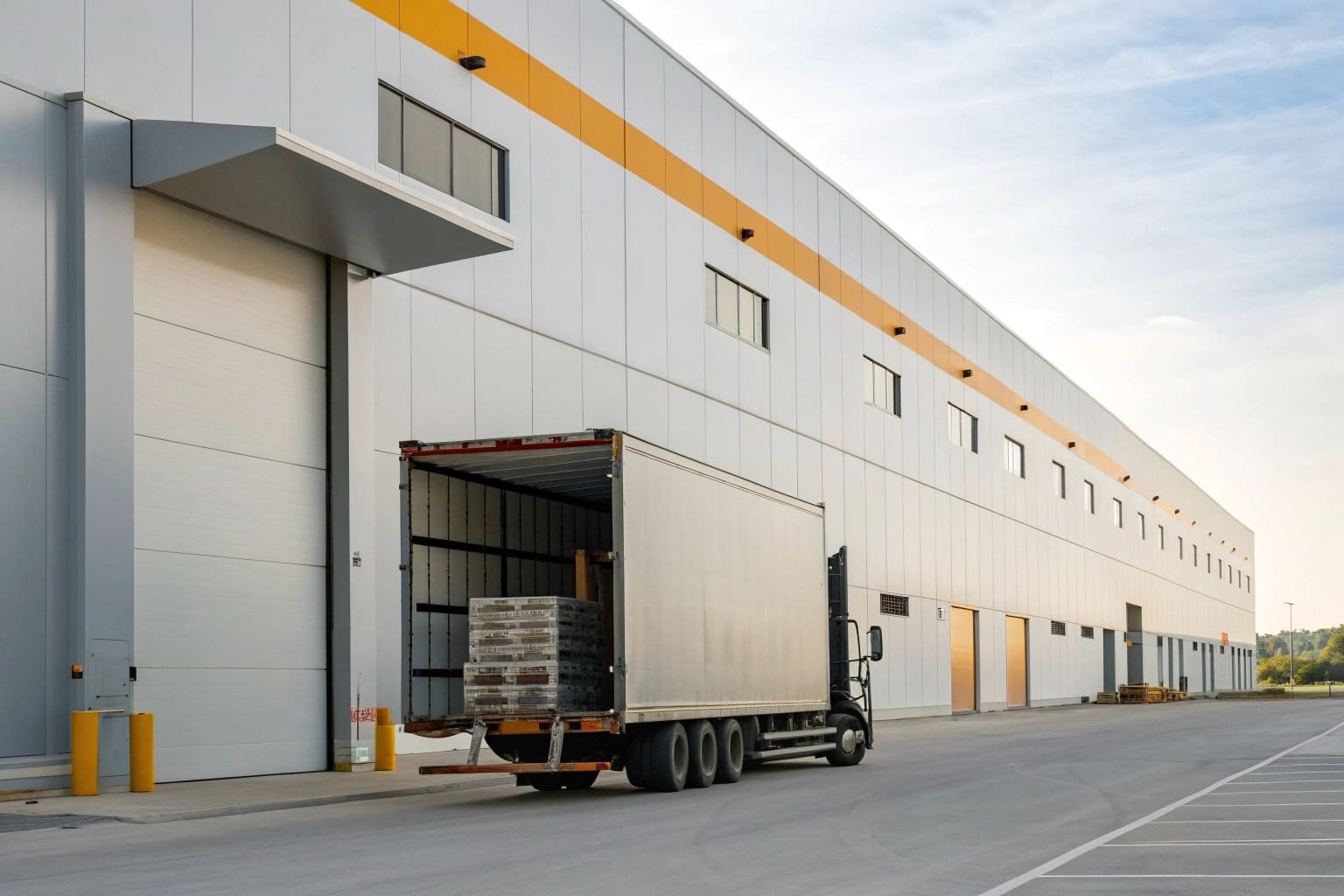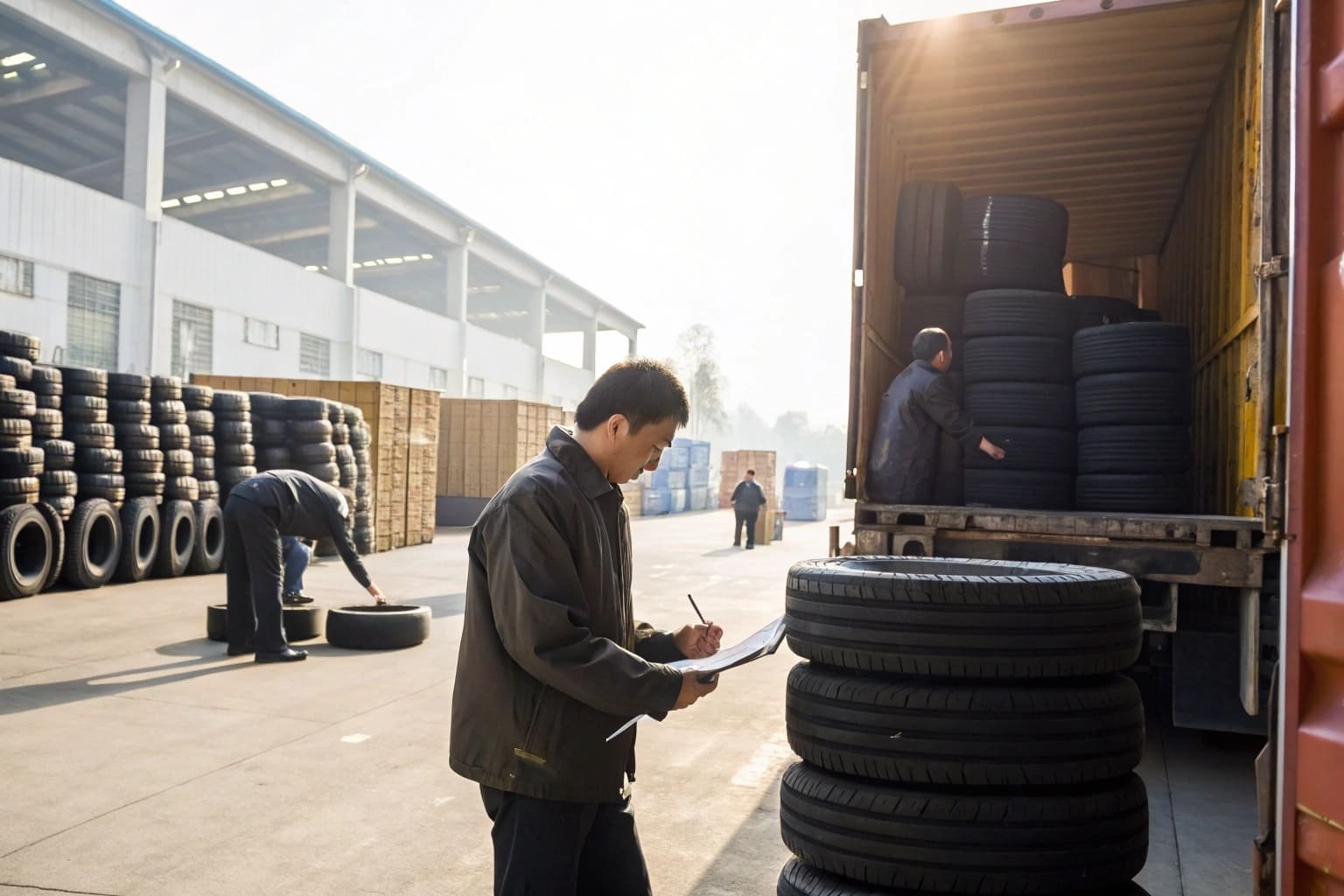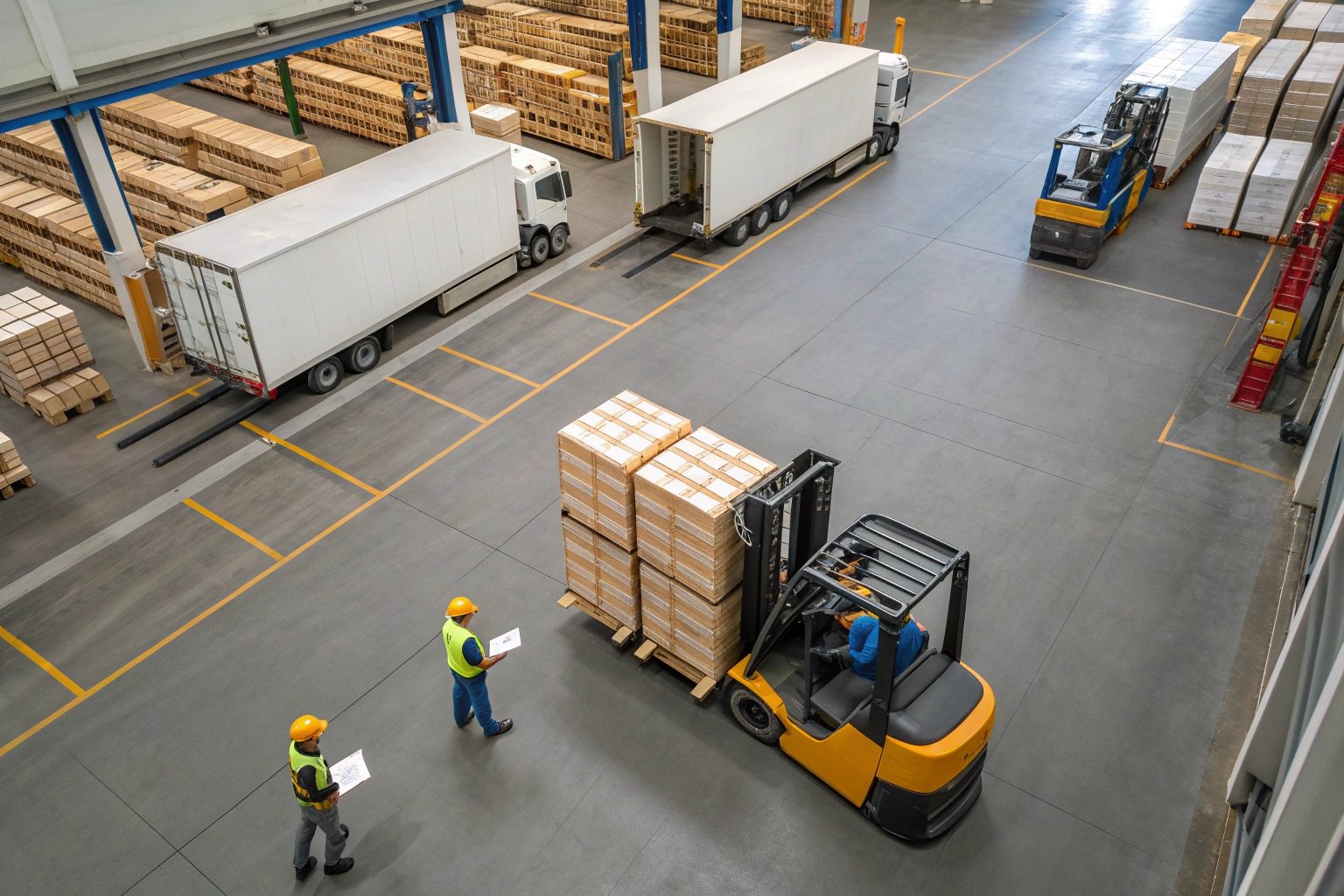Out-of-gauge (OOG) cargo shipping from China requires specialized knowledge, experience, and careful handling. OOG shipments refer to cargo that exceeds the standard dimensions of containers, often due to size or weight constraints. This type of cargo includes machinery, industrial equipment, and large components that cannot be disassembled. As experts in OOG shipping, we offer tailored solutions to ensure that your oversized cargo is handled with the utmost care and transported efficiently to its final destination.
Our expertise in OOG cargo shipping spans across various industries, and we are equipped with the necessary resources and experience to meet the unique challenges presented by these shipments. Whether it’s managing flat racks, open-top containers, or breakbulk shipping, we ensure that your cargo arrives safely and on time. Below, we provide a comprehensive guide on OOG cargo shipping, with key insights and best practices that will help you make informed decisions and avoid common pitfalls.
Understanding 4 OOG Cargo Types
The shipping solutions for OOG cargo are varied and depend on the nature of the cargo. The primary options include flat racks, open-top containers, and breakbulk shipping. Bulk cargo shipping methods, such as lift-on/lift-off (LOLO) and roll-on/roll-off (RORO), are also commonly used as complementary solutions when standard containerized shipping isn’t feasible.
1. Flat Racks
Flat racks are one of the most common methods for transporting OOG cargo. These specialized containers have no sidewalls, allowing oversized cargo to be loaded and secured more easily. Flat racks are available in 20-foot and 40-foot sizes, with end walls that can be folded or removed to accommodate different cargo dimensions.
Key Considerations for Flat Racks:
- Upon receiving a flat rack, inspect it for damage. If the container is not in good condition, request a replacement. Any structural damage can compromise the safety of the cargo during transit.
- The height of the end walls on flat racks varies between 20-foot and 40-foot containers. A 20-foot flat rack typically has end walls measuring 2.231 meters (91.4 inches), while a 40-foot flat rack has end walls that are 1.943 meters (76.1 inches) in height. This discrepancy can impact the suitability of the container for your cargo, especially if the cargo is close to the maximum height limit.
- When using flat racks for cargo that is not breakbulk, ensure that the end walls are locked upright and that the weight of the cargo is evenly distributed across the floor of the flat rack. Improper weight distribution can lead to instability during transport.
2. Open-Top Containers
Open-top containers are another solution for oversized cargo. These containers have removable roof bows and tarpaulins that allow cargo to be loaded from the top. This option is ideal for cargo that exceeds the height limits of standard containers but still needs the protection offered by container walls.
Key Considerations for Open-Top Containers:
- Open-top containers provide more flexibility for loading cargo that is taller than the container itself. However, it’s important to ensure that the cargo is securely lashed and that the tarpaulin is properly fastened to prevent any movement during transit.
- Cargo loaded into open-top containers must be carefully secured to prevent damage from external elements, such as wind and rain, which may affect the cargo during transportation.
3. Breakbulk Shipping
Breakbulk shipping involves transporting oversized cargo that cannot be containerized. This method is used for heavy machinery, large equipment, and other industrial goods. Cargo is loaded directly onto the vessel and secured in place.
Key Considerations for Breakbulk Shipping:
- When using breakbulk shipping, it is essential to provide detailed dimensions and weight information to ensure proper stowage planning.
- Breakbulk shipments are more complex in terms of handling and securing, so it is important to work with a shipping partner that has extensive experience in this area.
4. Bulk Cargo Shipping (LOLO and RORO)
Bulk cargo shipping is another option for OOG cargo, particularly when dealing with wheeled or heavy equipment. LOLO and RORO methods are commonly used for shipping vehicles and other large, heavy items.
- LOLO (Lift-On/Lift-Off): Involves loading cargo onto the vessel using cranes. This method is suitable for cargo that cannot be driven onto the ship but needs to be lifted.
- RORO (Roll-On/Roll-Off): Involves driving cargo onto the vessel using ramps. This method is ideal for wheeled cargo, such as vehicles, trucks, and heavy machinery.
Best Practices for Shipping OOG Cargo from China
Shipping OOG cargo from China involves several critical steps and considerations to ensure the safe and efficient transport of your goods. Below, we outline some of the best practices for handling OOG shipments.
1. Proper Inspection and Preparation of Equipment
Before shipping OOG cargo, it is essential to inspect and prepare the shipping equipment, such as flat racks and containers. Ensure that the equipment is in good condition and suitable for the type of cargo being transported.
- Flat Racks: Check for any structural damage or defects. Damaged flat racks should not be used, as they can compromise the safety of the cargo during transit.
- Open-Top Containers: Ensure that the tarpaulin is in good condition and that the container walls are free of damage. The container should be suitable for the height and weight of the cargo.
2. Center of Gravity and Weight Distribution
One of the most critical factors in OOG cargo shipping is determining the center of gravity and ensuring proper weight distribution. If the center of gravity is not correctly identified, the cargo may shift during transit, leading to damage or accidents.
- Marking the Center of Gravity: For wooden crates and other large items, it is recommended to mark the center of gravity on the exterior of the cargo. This helps with handling and securing the cargo, ensuring that it remains stable during transport.
- Weight Distribution: The weight of the cargo should be evenly distributed across the flat rack or container to prevent any imbalance. Overloading one side of the container can cause tipping or shifting during transport.
3. Proper Use of Dunnage
Dunnage refers to the materials used to secure cargo within the shipping container, such as wooden blocks or inflatable airbags. Proper use of dunnage is essential for preventing cargo movement and ensuring that the load remains stable during transit.
- Dunnage Materials: Dunnage should be made from high-quality hardwood and free of defects or insects. Short pieces of wood or wooden pallets should not be used as dunnage, as they can break under the weight of the cargo.
- Weight Distribution: When using dunnage, ensure that the weight of the cargo is distributed evenly across the flat rack. The load should not exceed 2,500 pounds per linear foot of the flat rack.
4. Securing the Cargo with Proper Lashing
Lashing is the process of securing cargo to prevent movement during transit. The materials used for lashing must be approved and capable of withstanding the weight of the cargo.
- Lashing Strength: The combined breaking strength of the lashings should be at least 1.8 times the weight of the cargo. This ensures that the cargo remains securely fastened, even under rough sea conditions.
- Chafing Gear: To prevent wear on the lashings, chafing gear or softeners should be used in areas where the lashings make contact with the cargo or the container. This reduces friction and helps to maintain the integrity of the lashings throughout the journey.
5. Special Considerations for Wheeled Cargo
Wheeled cargo, such as vehicles or heavy machinery, requires additional considerations when securing the load. The wheelbase dimensions must be taken into account to determine whether the cargo will fit within the container’s dimensions.
- Securing the Wheels: In addition to lashing, wheeled cargo should be secured using wooden blocks to prevent movement. The blocks should be as wide as they are high to provide maximum stability.
Conclusion: The Importance of Expertise in OOG Cargo Shipping
Shipping OOG cargo from China involves navigating a complex set of challenges, from selecting the right shipping solution to ensuring proper securing and stowage of the cargo. Working with an experienced shipping partner is crucial to avoid costly delays and damage to your goods. We are the trusted experts you can rely on for OOG shipping, offering tailored solutions and comprehensive support throughout the shipping process. With our extensive experience and commitment to safety, we ensure that your OOG cargo is delivered on time and in perfect condition.






